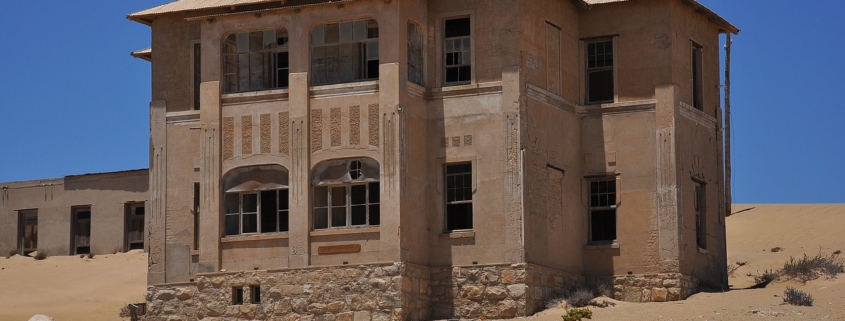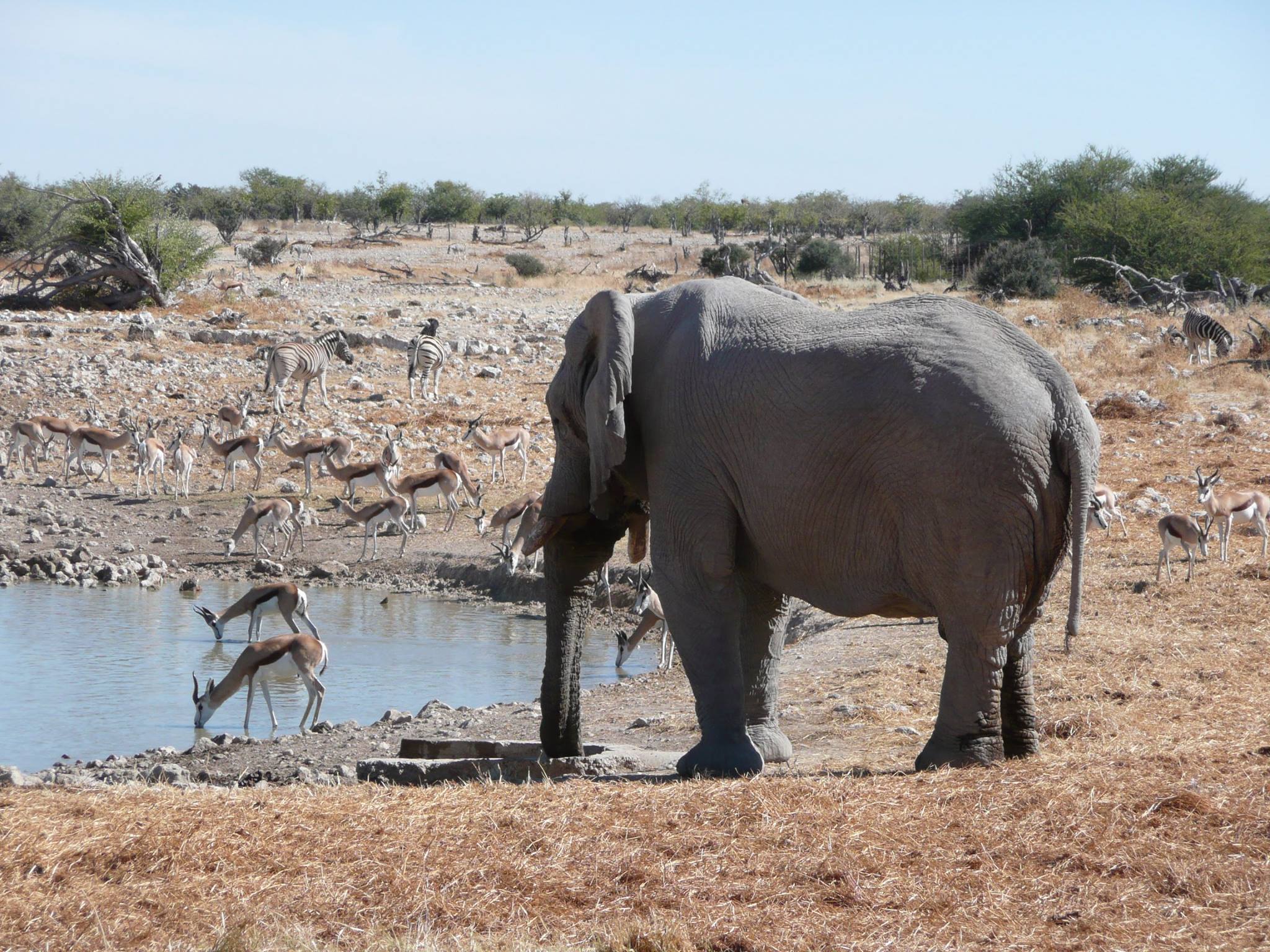
History of Namibia
A brief history of Namibia
A country with a rich history such as Namibia can be explained over several pages, but we are going to present to you a very brief overview! Deep inland throughout the country, the true story of Namibia is told through rock carvings in many caves, some of which date back to the year 26,000 BC.
Various cultures and groups that have dominated the landscape include the Bantu herdsman, the San Bushmen and the Herero, Himba and Namba tribes.
Given though that Namibia is an extremely barren landscape and very sparse, many of these cultures and clues weren't discovered until the 19th century by ivory hunters, explorers and other missionaries that roamed the land during that time.
No European explorers really came to the land at all until the Germans colonised the country towards the end of the nineteenth century. During this time when the Germans took control of Namibia, there were several battles and conflicts resulting in deaths and injuries.
At the end of World War 1 however, the German's were forced to surrender to the South African army and hand over control of the country to them. This wasn't the end of the battle for power however.
During the 1960s there was an uprising by the South African People's Organisation to gain independence, and it wasn't until 1988 when South Africa dropped its Apartheid administration that Namibia was finally able to become its only country.
There were elections held in 1989 and Namibia was declared independent on the 21st of March 1990. Ever since this date, Namibia has the proud distinction of being one of the most peaceful countries on the planet.



